Energy Consumption and Price Forecasting with AI

Rising energy prices and regulatory pressure to limit GHG emissions both push companies to find every possible solution to save power. There has been significant investment in energy, with nearly $1.9 trillion spent in 2018 alone. But improvements have been unfocused, combining elements of sustainability with general power-management principles. Similarly, technological innovations in AI and machine learning are only recently being applied to energy management. So how can a company employ artificial intelligence to direct its energy strategy?
The State of New Jersey vs the energy industry
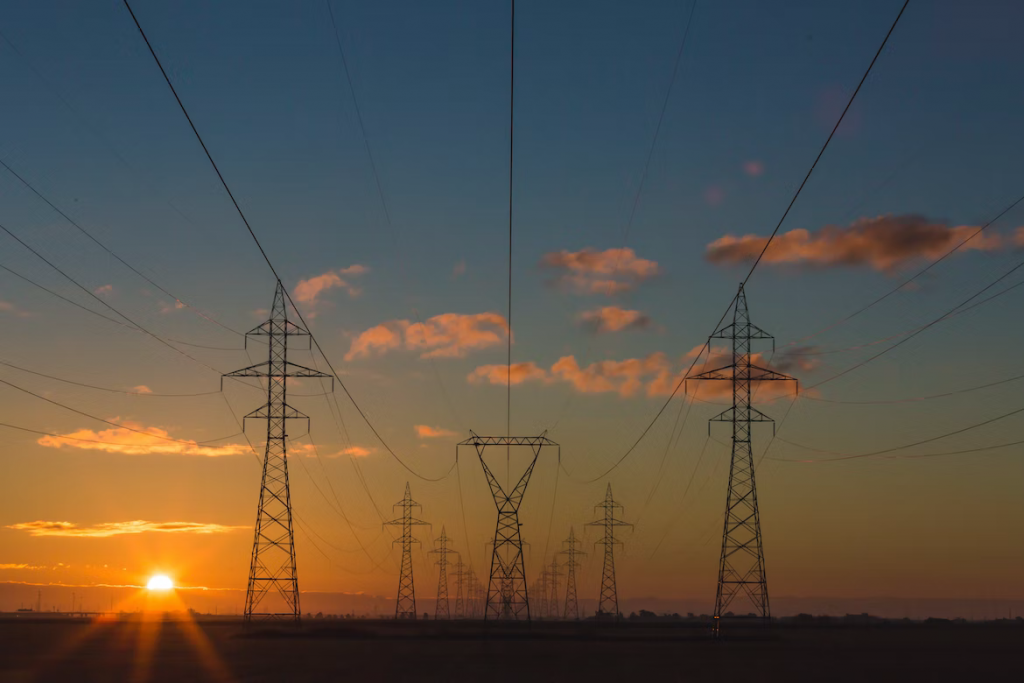
The state of New Jersey is suing several fossil-fuel companies such as Exxon, Chevron, and BP, for their impact on climate change. More precisely, New Jersey argues that these companies have made deceptive statements about their climate impact. This is commonly referred to as greenwashing, an activity that is coming under more and more scrutiny. Greenwashing has become a hot-button issue in the legislature of many western countries. Future Bridge has created a more thorough overview of greenwashing around the world can be found here. So how does NJ plan to prove its case in court? And why should the industry at-large pay attention?
How fast charging batteries will revolutionize mining
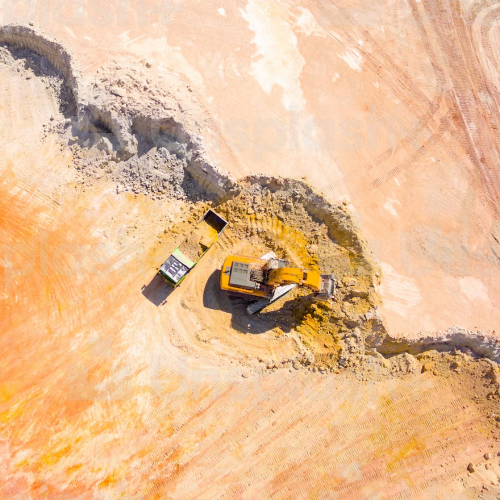
As the mining industry transitions to a more environmentally friendly, automated, and remote-controlled approach, power is a challenge. Current batteries do not have the capacity for the heavy-duty work needed to extract ore and other materials from the earth. The heat, humidity, and generally harsh conditions of a mine are not conducive to battery longevity. This is all set to change, as a collective effort of nice companies, including Shell, spearhead the effort to develop a fast-charging, high-capacity battery.
How Big is the Problem of greenwashing?

If a company exaggerates its environmental impact or claims an environmentally-friendly policy that is not true, it is engaging in greenwashing. So how widespread is this issue? to answer this question, two data points will be considered. First, how do various countries see and persecute greenwashing? It stands to reason that a country that actively combats greenwashing has cases of greenwashing in it. Secondly, what do various research groups say about the amounts of greenwashing from region to region?
What is the Greenhouse Gas Protocol?

The GHG protocol was developed in the late 1990s as a means to create a framework for measuring and managing greenhouse gas (GHG) emissions. Despite its daunting name, the new set of standards mostly influences the terms and definitions used to communicate environmental data. In short, this means standardizations of information. Companies should see the GHG protocol not as a new set of regulations, but as an opportunity to protect themselves from allegations of greenwashing.
Digital disruption: 5 ways the mining industry will benefit from modernization

Most people imagine monstrously large trucks and drills when they hear the words “mining and metals industry.” This view is partially accurate, as mining uses some of the most cutting-edge, specialized machinery in the world. The industry now also needs to consider the importance of sophisticated software to go with its impressive hardware. Digitalization is the key to enhancing every operation, from increased yields to reduced fuel costs. The time to refocus is now so make sure to explore the five ways that digitalization can benefit an operation.
The Future of Greenwashing in the United States

In the United States, companies are facing more and more lawsuits from consumers and even local governments over allegations of greenwashing. Many of these lawsuits allege that the environmental claims of a company do not match reality. When a company violates greenwashing laws, it risks fines and other legal measures. There is also a reputational risk from misleading the public. So what are some recent examples of this phenomenon and what can a company learn from them?
How the mining industry is revolutionizing green fracking
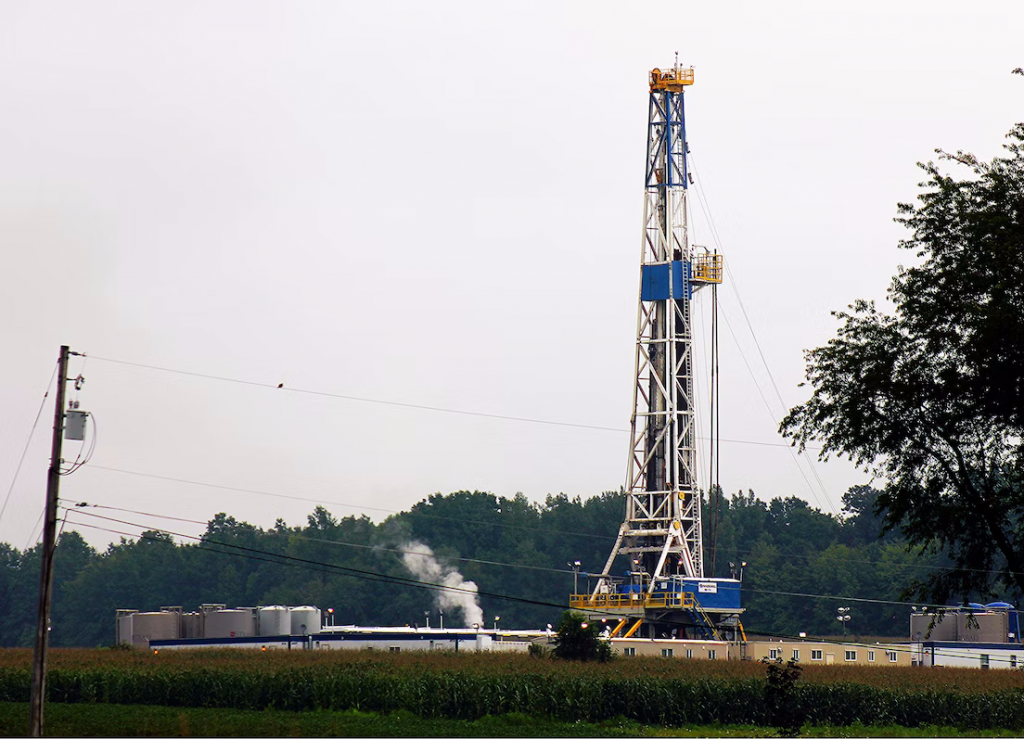
Fracking, more properly known as hydraulic fracking, is a time-tested method for mining natural gas, shale, and oil. Since the 1950s, we have started to better understand the environmental impact of “traditional” fracking. Heavy use of freshwater, water contamination and even earthquakes have been linked to fracking. The negative effects of this sort of fracking have almost made it a dirty word, one which the average person associates with environmental disruption and pollution. So is this conception of fracking still valid?
5 ways the mining industry innovates with renewable energy
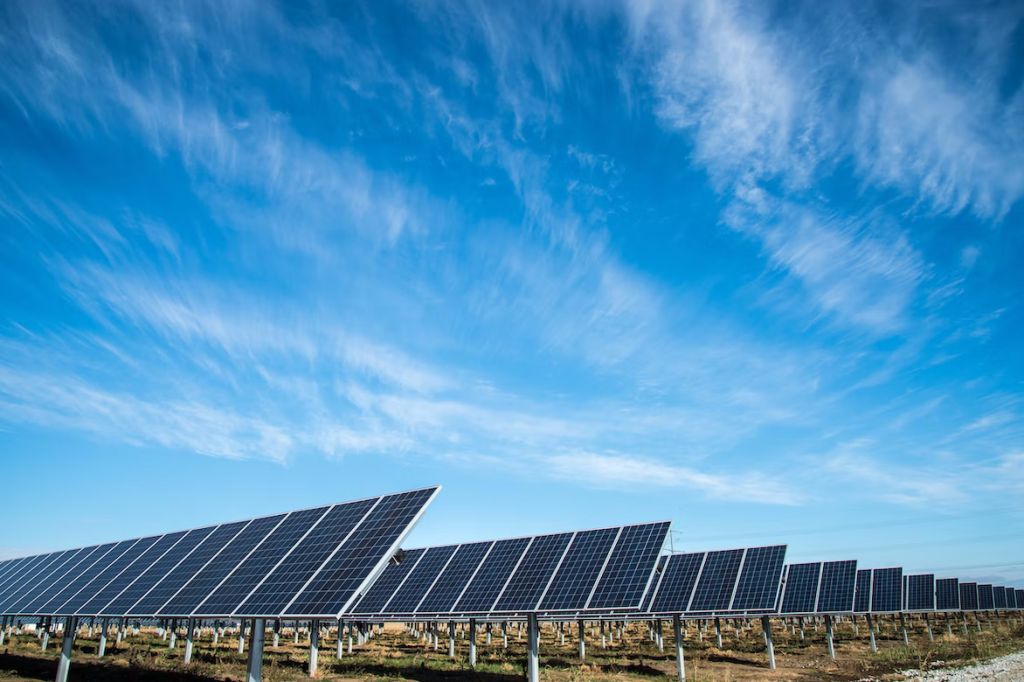
The mining industry has a reputation for environmental disruption. Diesel-powered vehicles and words like “fracking” create the image of an industry unable to cut emissions. But is this perspective warranted? Contrary to popular belief, many mining companies are taking active steps in cutting their CO2 output and embracing sustainable, modern solutions. So let’s take a look at some of the ways the industry utilizes the latest developments in renewable energy.
Low-carbon Mining for a Greener Future
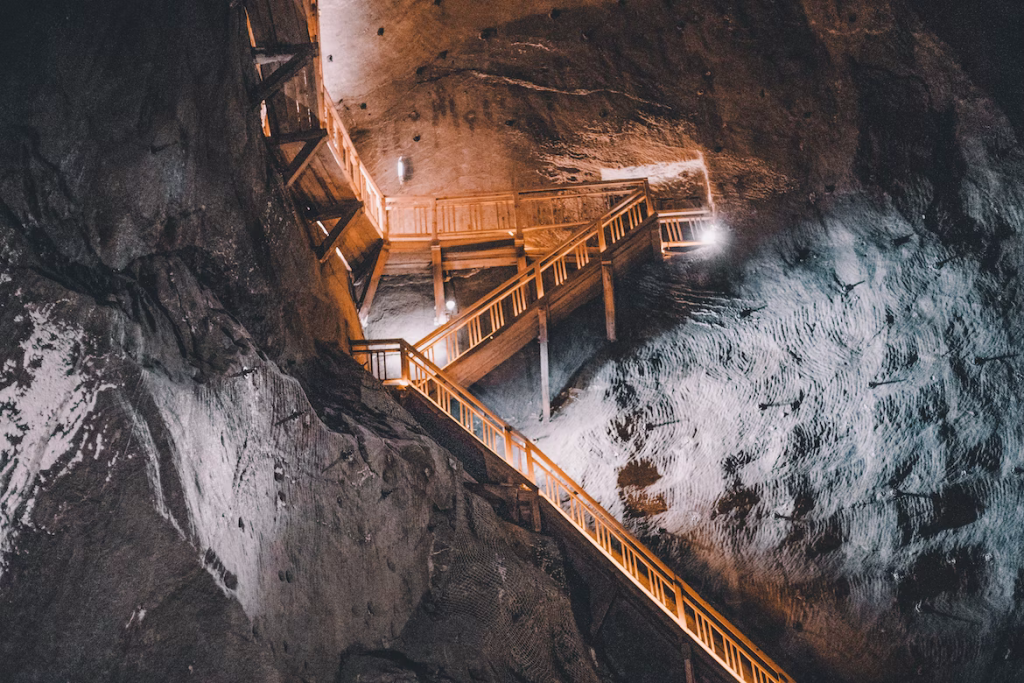
Emissions reports have shown that in some mines, the hauling equipment alone creates a quarter of total mine emissions. This is a critical area that needs to be overhauled as the industry cuts its emissions and achieves a greener future. So what can be done in the short term and long term? There are two main options mining companies can implement. Firstly, an operation can transition away from diesel to a more sustainable alternative. Secondly, the entire fleet can be overhauled for electric vehicles, sometimes referred to as Battery electric vehicles (BEV).